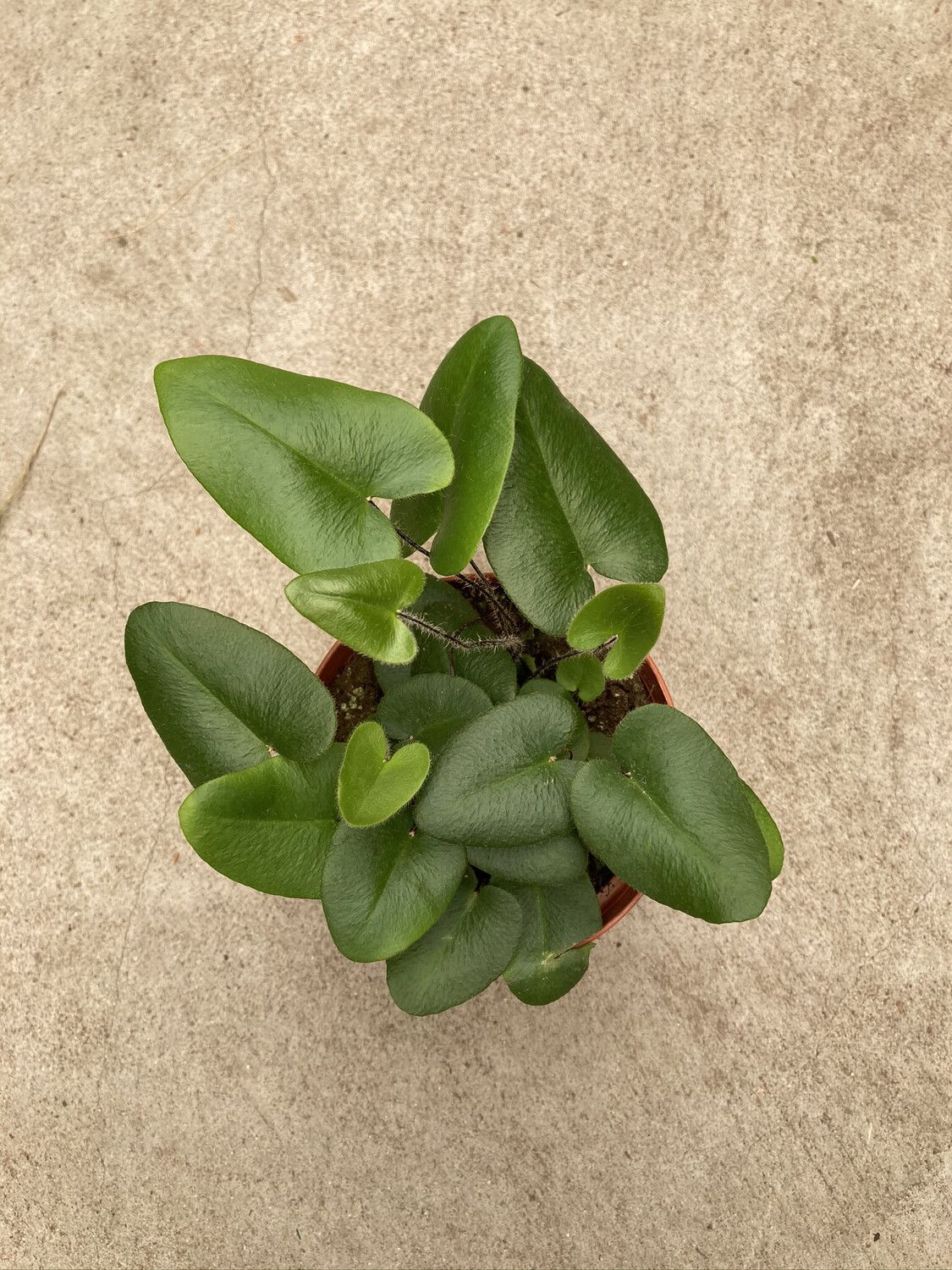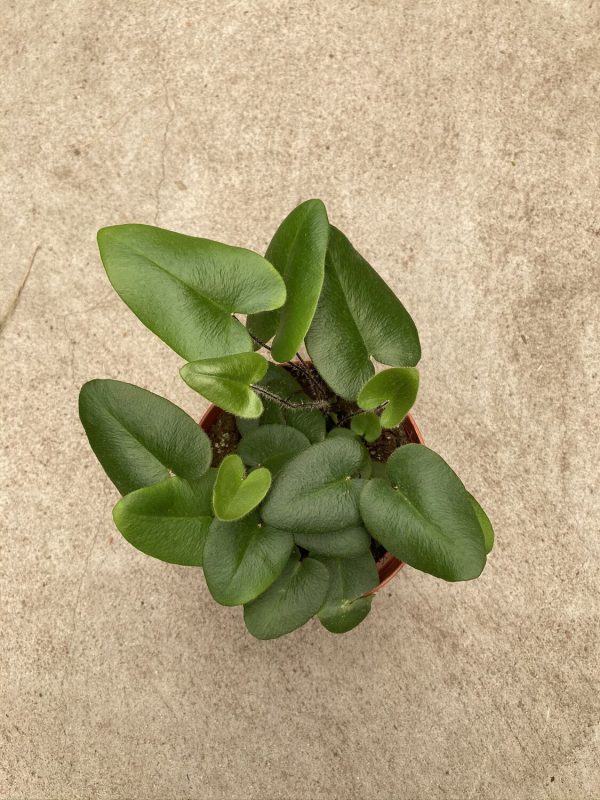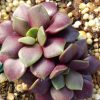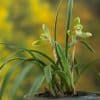Unveil the Beauty of Heart Leaf Fern: Hemionitis Arifolia – A Beginner’s Guide to Hassle-Free Cultivation and Propagation. Take a leaf out of our Expert’s Book on Watering, Fertilizing, and Nurturing this Striking Houseplant, and Watch it Flourish in Your Home.

Image source: Pinterest
Thank you for reading this post, don't forget to the best blogger Guy About Home who offers the best garden and home improvement tips! If you are a home decor and design fan, don't miss the tips on home ideas. If you are a home garden owner, then you might be interest in our complete guides to house plants!
Heart leaf fern, scientifically known as Hemionitis arifolia, is a beautiful and easy-to-grow fern that is native to tropical regions of the world. With its heart-shaped leaves and delicate texture, this fern is a popular choice for indoor and outdoor gardening enthusiasts alike. Growing and caring for heart leaf ferns is relatively straightforward, and they can thrive in a variety of conditions with the right care.
In this introduction, we will explore some of the key factors to consider when growing and caring for heart leaf ferns, including soil, lighting, watering, and propagation techniques. Whether you’re a seasoned gardener or just starting out, heart leaf ferns are a great choice for adding a touch of green to your home or garden.
What Is Heart Fern Plant?
Heart fern, also known as Hemionitis arifolia, is a species of fern that belongs to the Pteridaceae family. This delicate fern is native to tropical regions of Asia, Africa, and the Americas, where it grows in shaded areas such as forests and rocky crevices.
The name “heart fern” comes from the shape of its leaves, which are small, heart-shaped, and have a distinctive texture. The leaves are a rich, glossy green color and have a slightly undulating appearance, adding an elegant touch to any space.
Heart ferns are a popular choice for indoor gardening as they are relatively easy to care for and can thrive in low-light conditions. They are also known for their air-purifying properties, making them a great addition to any home or office environment.
Heart Fern Features
Heart fern, scientifically known as Hemionitis arifolia, is a beautiful and unique fern species with several distinctive features. Here are some of the key features of heart fern:
- Leaf shape and texture: The most prominent feature of the heart fern is its heart-shaped leaves, which are small, delicate, and glossy. The leaves have a slightly undulating texture, giving them a unique appearance. In addition to Heart Fern, you can also expand the heart-shaped and glossy, with a rich green color Philodendron Scandens to add to your indoor plant collection.
- Leaf color: The leaves of the heart fern are a rich, dark green color, adding an elegant touch to any space. Some varieties may have lighter or variegated leaves.
- Size: Heart fern is a relatively small fern, typically growing to around 6-10 inches in height.
- Growth habit: Heart ferns are clumping ferns, meaning that they grow in dense clusters rather than spreading out.
- Light requirements: Heart ferns prefer low to medium light conditions and can be grown indoors in a range of lighting conditions.
- Water requirements: Heart ferns prefer consistently moist soil and should be watered regularly to keep the soil evenly moist.
- Air-purifying properties: Like many ferns, heart ferns are known for their air-purifying properties, making them a great choice for improving indoor air quality.
Overall, heart ferns are a beautiful and unique fern species that add a touch of elegance to any space. With the right care, they can thrive indoors and make a great addition to any home or office environment.
What Do the Heart Fern Look Like
Heart fern, scientifically known as Hemionitis arifolia, has a distinctive appearance with several notable features. Here is a description of what the heart fern looks like:
The heart fern is a small, clumping fern that typically grows to around 6-10 inches in height. Its leaves are the most prominent feature of the plant, being small, delicate, and heart-shaped, giving the plant its common name. The leaves have a slightly undulating texture, giving them a unique appearance.
The leaves of the heart fern are a rich, glossy green color, which contrasts beautifully with the lighter color of the stems. Some varieties of heart fern may have lighter or variegated leaves.
Heart ferns have a compact growth habit, with new growth emerging from the center of the clump. As the plant matures, it may begin to produce small, inconspicuous spores on the underside of its leaves.
Overall, the heart fern is a beautiful and unique fern species that is sure to add a touch of elegance to any space. Its distinctive heart-shaped leaves and glossy green color make it a popular choice for indoor gardening, where it can thrive in low to medium-light conditions.
Varieties of Heart Fern
There are several varieties of heart fern (Hemionitis arifolia) available, each with its own unique characteristics. Here are some of the most popular varieties of heart fern:
1. Hemionitis arifolia ‘Davallioides’
This variety has frilly, finely divided leaves that give it a delicate and airy appearance.
2. Hemionitis arifolia ‘Brazil’
This variety has leaves that are larger and more elongated than the standard heart fern, with a slight twist to the leaf.
3. Hemionitis arifolia ‘White Rabbit’s Foot’
This variety has white, fuzzy rhizomes that resemble rabbit’s feet and add an interesting texture to the plant.
4. Hemionitis arifolia ‘Silver Lace’
This variety has variegated leaves with silver or white markings, adding a unique and elegant touch to the plant.
5. Hemionitis arifolia ‘Minimus Aureus’
This variety has bright yellow-green leaves, adding a pop of color to any indoor garden.
Overall, heart fern is a versatile plant with several varieties to choose from, each with its own unique characteristics. Whether you prefer a more delicate or bold look, there is a heart fern variety that is sure to suit your taste.
What Does Heart Fern Mean?
The Heart Fern (Hemionitis arifolia) does not have any particular symbolic meaning or significance in cultural or traditional contexts. However, as with many plants, it is possible that Heart Ferns may hold personal or individual meanings for some people based on their personal experiences, cultural backgrounds, or beliefs.
Additionally, some people may appreciate the Heart Fern’s unique heart-shaped leaves and compact growth habit, seeing it as a symbol of love, friendship, or resilience. Overall, while the Heart Fern may not have a widely recognized symbolic meaning, it is a beautiful and unique plant that adds a touch of elegance to any indoor garden or space.
Does Heart Fern Come Back Every Year?
Heart fern (Hemionitis arifolia) is a tropical fern that is typically grown as a houseplant in regions with colder climates. As a tropical plant, it is not cold-hardy and will not survive freezing temperatures, so it is typically not planted outdoors in areas with cold winters.
However, if you are growing heart fern as a houseplant, it can come back every year with proper care. With the right conditions, heart ferns can live for several years, producing new growth each year. To keep your heart fern healthy and thriving, it is important to provide it with the right amount of light, water, and nutrients. Additionally, you may need to periodically report your heart fern and prune it to keep it looking its best. With proper care and attention, your heart fern can continue to grow and thrive for many years to come.
How Often to Fertilize Heart Fern
Heart ferns (Hemionitis arifolia) are not heavy feeders, but they can benefit from occasional fertilization to promote healthy growth and development. When fertilizing your heart fern, it is important to use a balanced, water-soluble fertilizer that is formulated for indoor plants. Here are some general guidelines for how often to fertilize your heart fern:
- During the growing season (spring and summer), fertilize your heart fern once a month with a diluted, balanced fertilizer.
- During the dormant season (fall and winter), you can reduce or stop fertilizing your heart fern, as it will be using fewer nutrients and growing more slowly.
- If you notice that your heart fern is growing slowly or appears to be struggling, you may need to increase the frequency of fertilization or adjust the amount of fertilizer you are using.
When fertilizing your heart fern, be sure to follow the instructions on the fertilizer package carefully, as over-fertilizing can damage the plant. Additionally, it is important to water your heart fern thoroughly before and after fertilizing to help prevent fertilizer burn and ensure that the nutrients are absorbed properly.
Where Do Heart Fern Grow
Heart fern (Hemionitis arifolia) is a tropical fern that is native to Central and South America, and it typically grows in humid, shaded environments such as the forest floor. In the wild, it can be found growing on rocks, trees, and other surfaces, often in areas with high humidity and indirect light.
As a houseplant, heart fern is typically grown indoors in pots, as it is not cold-hardy and cannot survive freezing temperatures. When growing heart fern indoors, it is important to provide it with the right growing conditions to ensure that it thrives. Heart fern prefers bright, indirect light and high humidity, so it is best to place it near a window with filtered light or in a humid room such as a bathroom or kitchen. It also prefers moist, well-draining soil and should be watered regularly to keep the soil consistently moist but not waterlogged. With the right growing conditions, your heart fern can grow and thrive as a beautiful and unique indoor plant.
Conclusion
In conclusion, the Heart Leaf Fern (Hemionitis arifolia) is a beautiful and unique tropical fern that can thrive as a houseplant in the right growing conditions. As a fern with heart shaped leaves and compact growth habit, the Heart Fern is a popular choice for indoor gardens and adds a touch of elegance to any space.
To grow and care for Heart Fern, it is important to provide it with bright, indirect light, high humidity, and moist, well-draining soil. It is also important to water and fertilize it regularly, but avoid overwatering and over-fertilization, which can damage the plant. Additionally, pruning and repotting your Heart Fern periodically can help keep it healthy and promote healthy growth.
With proper care and attention, your Heart Fern can live for several years, producing new growth each year and adding beauty and freshness to your indoor space. Whether you are an experienced plant parent or a beginner, the Heart Fern is a rewarding and low-maintenance plant that is sure to delight and inspire.
Additionally, if you’re interested in Philodendron varieties, such as the compact and easy-to-care-for Philodendron Burle Marx, you may also want to consider adding them to your indoor plant collection. With a bit of research and attention to their specific needs, you can enjoy the beauty and benefits of various Philodendron species in your home or office.




